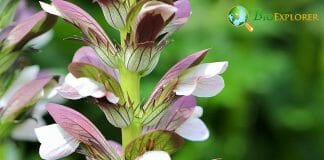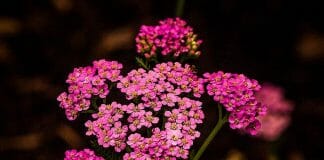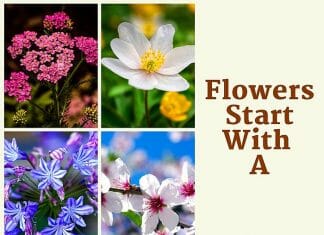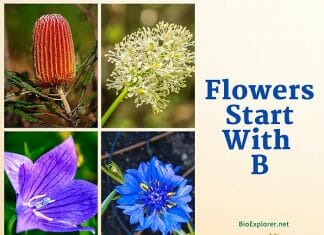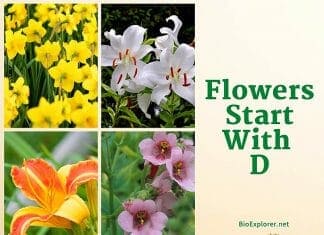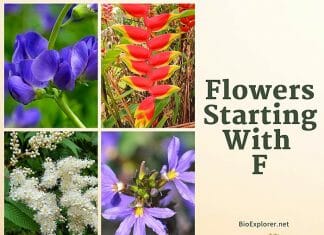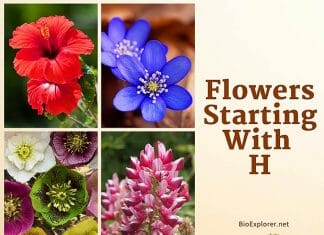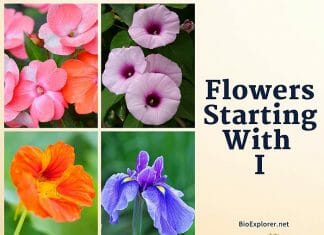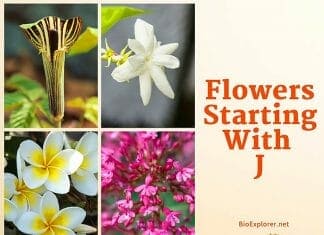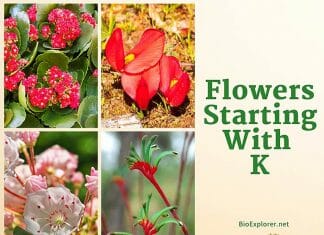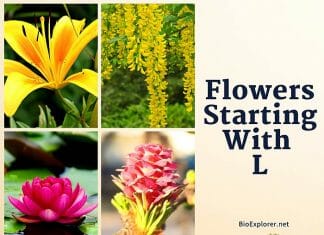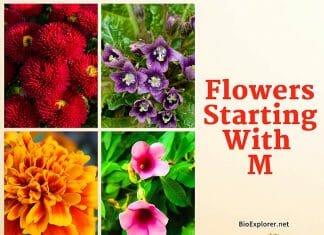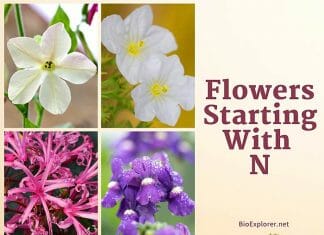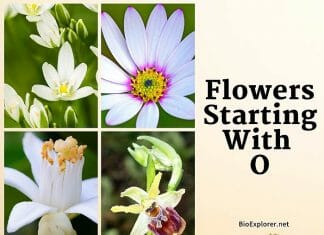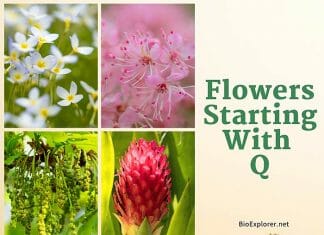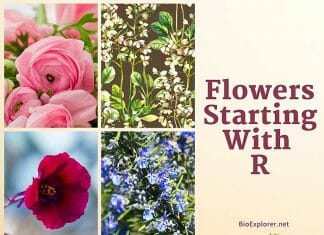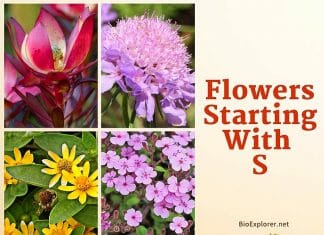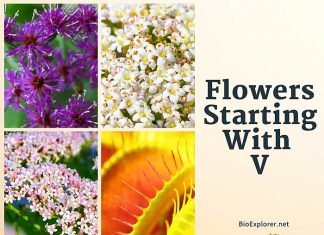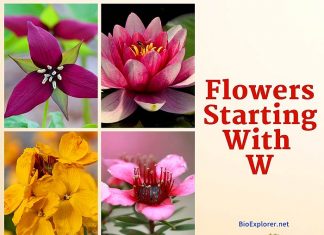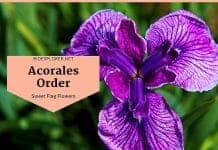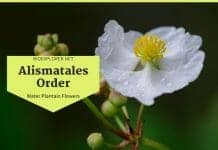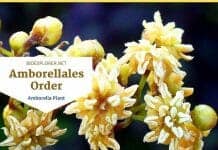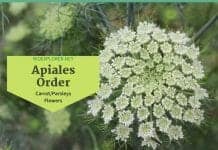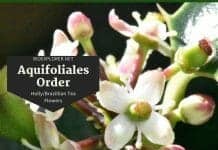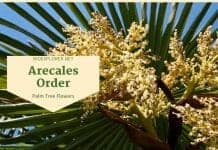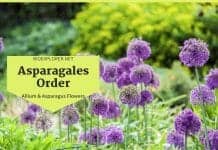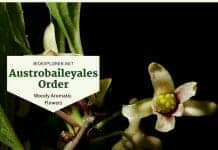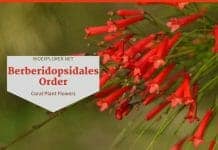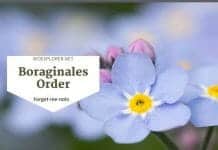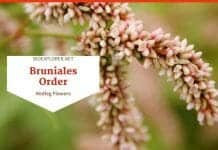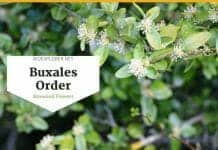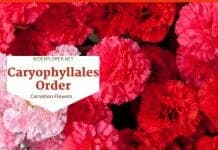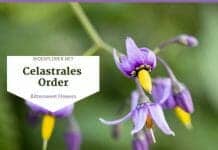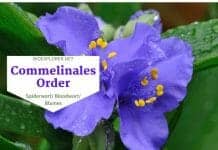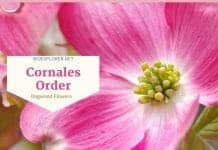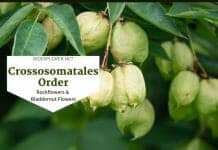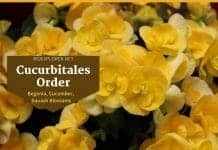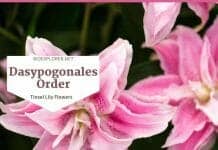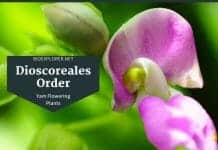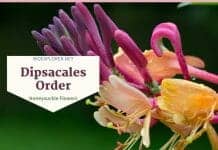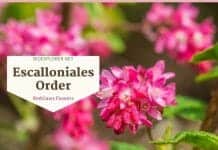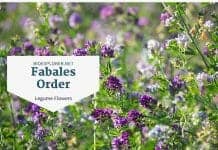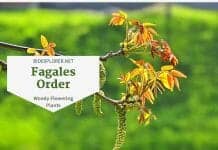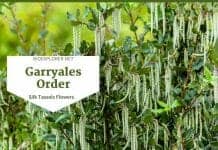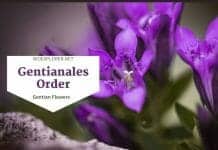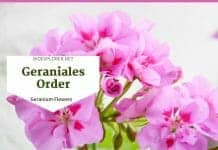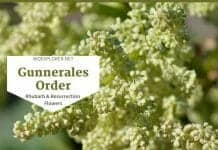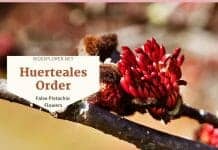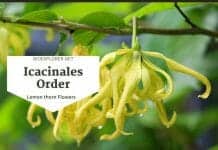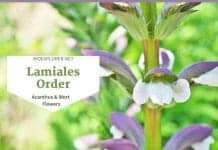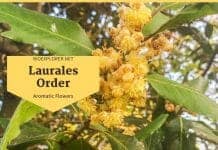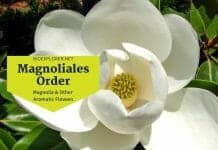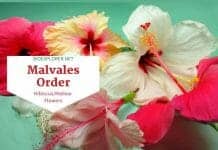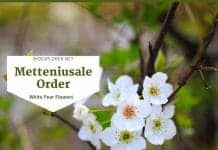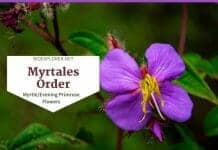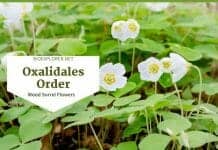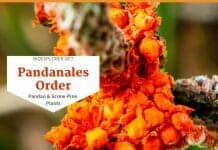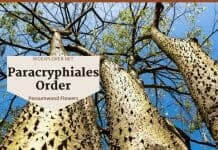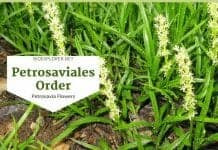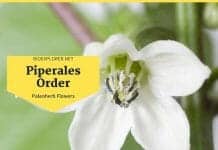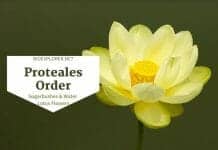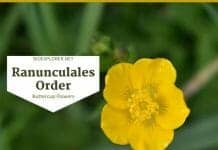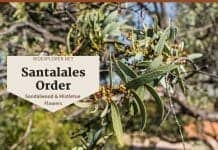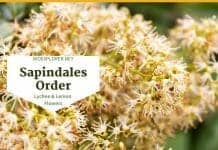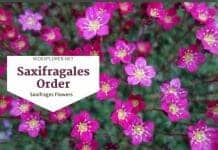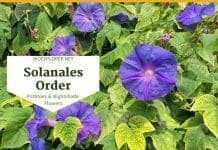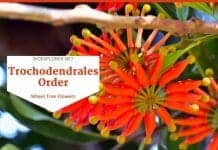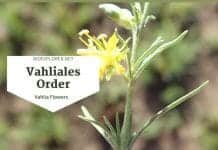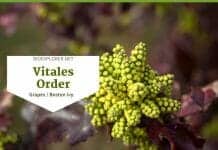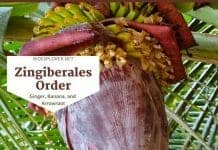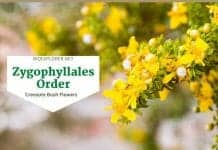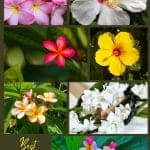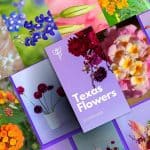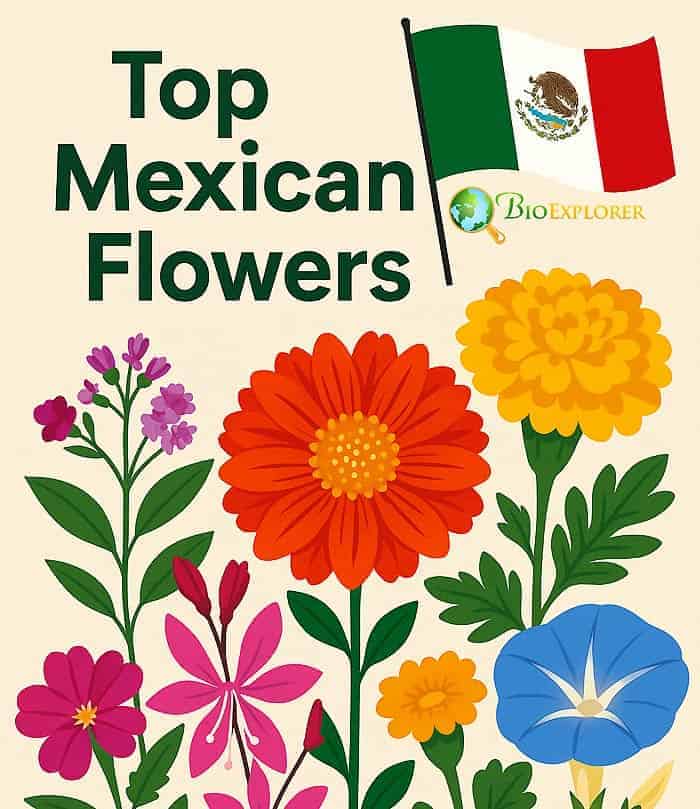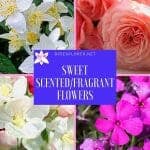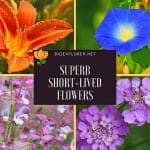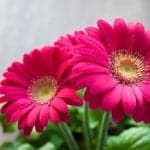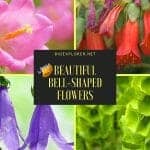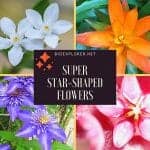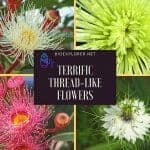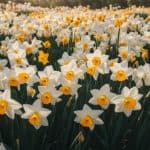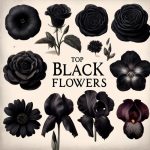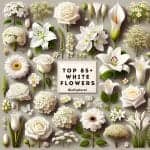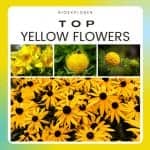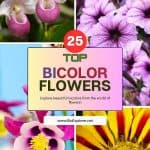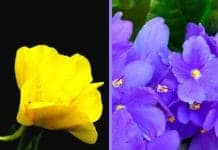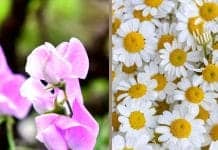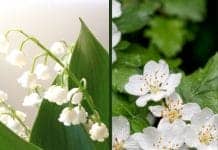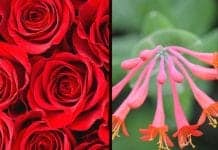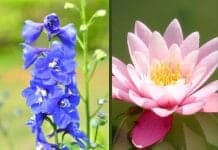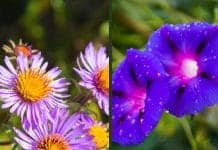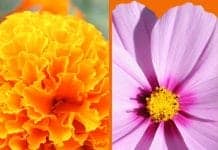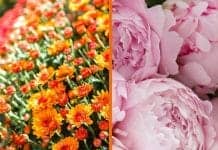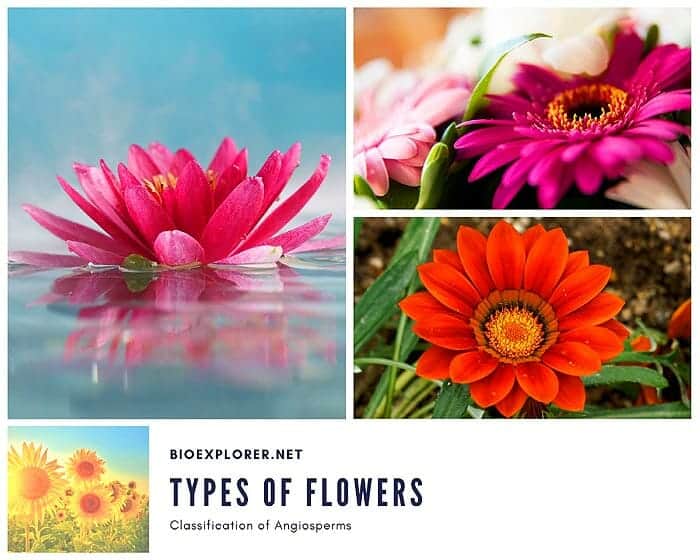
Types of Flowers: The beauty and diversity of colorful flowers, scents and textures, and intriguing scientific properties can feel like a world beyond our own. However, it is not just the beauty of flowers that captivates us but also the science behind it.
In botany, there are four different types of plants, and one of them is angiosperms (aka flowering plants).
The APG (Angiosperm Phylogeny Group) is an international group of systematic botanists dedicated to discovering new angiosperms, including all types of flowers, that reveal new data about plant relationships identified through phylogenetic studies.
Types of Flowers
Here is a collection of different types of flowers in the plant world, featuring a wide range of flower species, flower types and names, and some of the most common flowers found across regions.
Acacia
Acanthus
Achillea
Flower Types By Life Cycle
There are three primary flower types: Annuals, Perennials, and Biennials. In addition, the fourth type of flower behaves in annuals and perennials like a hybrid. Also there are two more kinds of flowers namely shrub flowers and tree flowers.
Let’s explore what each of these means:
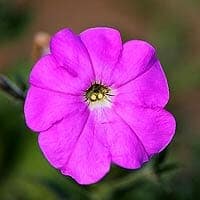
Annuals
These flowering plants complete their entire life cycle from seed to flower and back to see within a single growing season. Essentially, roots, stems, leaves, and flowers all die at the end of the year. The seeds stay dormant until the following season. A few annual examples are Marigold, Geranium, Cornflower, and Impatiens.
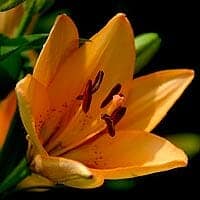
Perennials
These plants persist for many growing seasons. The root remains the same; however, the top sections of the plant die out in winter and then regrow in the spring. It is observed that many perennial plants tend to keep their leaves year-round. Perennial examples include Coneflower, Columbine, Coreopsis, Daylily, and more.
Explore all types of perennial flowers here. Also, check out the top colorful orchids!
Biennials
Biennials will take two full years from germination to seed to complete an entire biological life cycle. A rosette of leaves appears near the soil surface during the first year (essentially the primary growth of stems and roots). In the second year, the stem would elongate, and flowers and seed formation would occur before the plant eventually died out.
Sweet William Dwarf, leek, cabbage, parsley, foxglove, and hollyhocks are good examples of Biennials. Some biennial plants in the wild will take longer than two years to mature and complete their cycle fully.
Explore more Biennial Flowers here.
Annual/Perennial Hybrid
Certain flowering plants exhibit annual or perennial characteristics depending upon where it is grown. For instance, the Black-eyed Susan flower would grow faster in Texas due to warm weather – thus, it would behave as annuals. On the other hand, the same Black-eyed Susan in Minnesota would grow slower due to cold weather – thus, it would behave as a biennial.
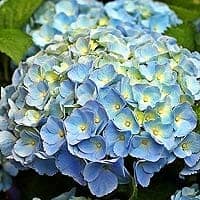
Flowering Shrubs
The flowering shrubs are small to medium-sized perennial woody plants with woody stems from the ground. There are two kinds of flowering shrubs, namely deciduous and evergreen. Deciduous shrubs (often also called bushes) shed their leaves and floral parts at the end of each growing season in winter or dry seasons (e.g., Hawthorn). The other types of shrubs are called evergreen, where foliage remains green for many seasons (e.g., Ilex/Holly).
Unlike flowering trees, they are shorter in height, usually 6 to 10m. The shrub flowers usually appear in clusters on the stems. Some flowering shrubs are Hydrangea, Azalea, Camellia, Lilac, Forsythia, Quince, and Deutzia.
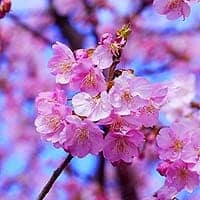
Flowering Trees
Trees are perennial plants with elongated trunks, supporting branches, leaves, flowers, or fruits. Like flowering shrubs, trees can also be deciduous and evergreen. It has been documented that trees have existed for 370 million years. Flowering trees help to form a backbone for your garden with lovely flowers. Magnolia, Cherry blossom, Eastern redbud, Trumpet trees, Dogwood, Banksia, and Acacia are good examples of flowering trees.
Types of Flowers By Names
Here is the list of flowers sorted alphabetically.
Flowers That Start with A
Flowers Starting with B
Flowers Starting with C
Flowers Starting with D
Flowers Starting with E
Flowers Starting with F
Flowers Starting with G
Flowers Starting with H
Flowers Starting with I
Flowers Starting with J
Flowers Starting with K
Flowers Starting with L
Flowers Starting with M
Flowers Starting with N
Flowers Starting with O
Flowers Starting with P
Flowers Starting with Q
Flowers Starting with R
Flowers Starting with S
Flowers Starting with T
Flowers That Start with V
Flowers That Start with W
Flowering Orders
Here are the 65 different flower orders in the plant world.
Types of Flowers By Regions
Beautiful Japanese Flowers
Top 26 Best Hawaiian Flowers
The Ultimate Guide to 25+ Spectacular Desert Flowers & Their Unique Adaptations
Blooming Texas: 25 Gorgeous Native Flowers Revealed!
Mexican Flowers
Types of Flowers By Attributes
Top 100 BEST Fragrant Flowers
Top Short-lived Flowers
25 Most Known Exotic Flowers
Types of Flowers By Shapes
The following pages show various kinds of flowers categorized by their geometrical shapes.
Bell-Shaped Flowers
Cone-Shaped Flowers
Star-Shaped Flowers
Thread-Shaped Flowers
Types of Flowers By Species
The following pages showcase various flowers categorized by species.
Types of Lilies
Top 21 Holly Flowers For Sprucing Up Your Garden!
The 25 Most Captivating Narcissus Flowers You Need to Know!
Types of Flowers By Colors
The Allure of Black Flowers: Unveiling the Top 21 Darkest Blooms
Exploring the Top 50+ Most Exquisite Purple Flowers in the World
43 Blue Flowers Unveiled: Why These Beauties Have Captured Everyone’s Attention?
85 Different Types of White Flowers For Your Garden!
Top Yellow Flowers to Brighten Up Your Garden
The Top 25 Bicolor Flowers: Nature’s Two-Toned Wonders
Types of Birth Flowers
Birth flowers, each unique to a specific month, offer a beautiful and symbolic way to celebrate life’s milestones, capturing the essence of each season and the personalities born within it. Explore all birth month flowers below:
Classification of Flowers
According to APG IV (2016) molecular-based flowering plants classification, there are currently two major categories – basal angiosperms and core angiosperms.
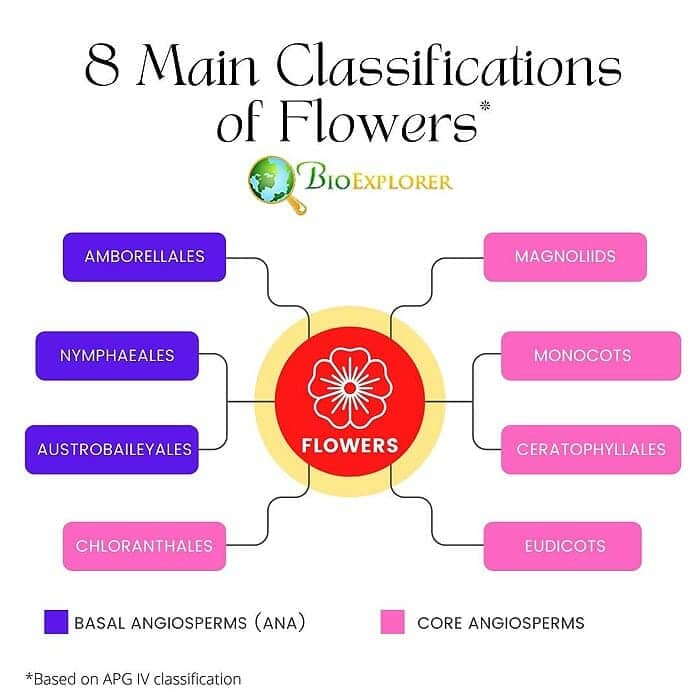
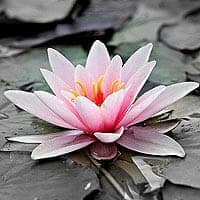
Basal Angiosperms
The basal angiosperm is a large group of the most primitive flowering plants in the plant kingdom. These flowering plants have many flattened stamens with broad filaments, diverse tepals, separate carpels, fragrant oils, and spirally organized leaves.
The most basal angiosperms are called the ANITA grade, an acronym of three sub-groups: Amborellales, Nymphaeales, Illiciaceaes, Trimeniaceae, and Austrobaileyales. However, some botanists recently abbreviated it further to ANA-grade since Illiciaceaes and Trimeniaceae orders are considered sub-orders of Austrobaileyales.
-
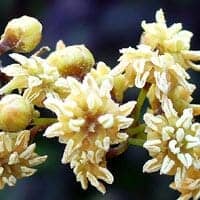
Amborellales
The Amborellales order has just one species (Amborella), a shrub or small tree growing up to 8m endemic to New Caledonia. The leaves of Amroerall are evergreen in all seasons without stipules and grow beautiful yellow flowers. Being dioecious produces both male and female flowers for a mixed pollination system. Wind and insect pollinators are two main contributors to the reproduction of this species.
-
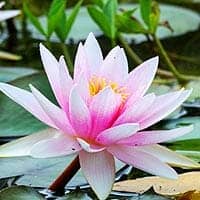
Nymphaeales
The Nymphaeales order consists of 3 subfamilies of aquatic plants, namely Nymphaeaceae (water lilies), Hydatellaceae (aquatic grass/sedges), and Cabombaceae (aquatic herbaceous flowering plants). About 85+ flowering plants have been classified under Nymphaeales.
-

Austrobaileyales
The Austrobaileyales plant order consists of 100+ woody flowering plants growing as shrubs, small trees, or lianas (woody climbing vines) worldwide. The most famous Austrobaileyales plant is the star anise (Illicium verum).
There are three subfamilies under this order, namely Austrobaileyaceae (1 species only – Austrobaileya scandens – endemic to rainforests of northeastern Queensland, Australia), Schisandraceae (90+ essential oil-producing shrubs, trees, and lianas), and Trimeniaceae (6+ essential oil-generating lianas).
-
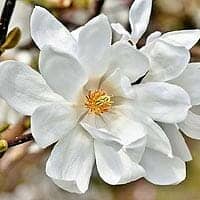
Core Angiosperms
The core angiosperms are another group of flowering plants known as mesangiosperms. About 99% of all types of flowers worldwide are classified under mesangiosperms.
Mesangiospermae includes five clades, namely Ceratophyllales, Chloranthales, Eudicots, Magnoliidae, and Monocots.
-

Chloranthales
Chloranthales has only one family called Chloranthaceae. There are 77+ species in these woody fragrant, herbaceous flowering plants, endemic to Asia, Central & South America, and the West Indies. Being void of petals, the flowers of Chloranthaceae are tiny and seated on the inflorescence axis. These plants produce drupes and berries with just one carpel. Cigarbush is an excellent example of this plant order.
-
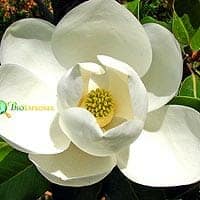
Magnoliids
Magnoliids are another core angiosperm characterized by trimerous flowers with branching-veined leaves. About 9000+ flower species are classified in this plant order, including avocado, cinnamon, black pepper, nutmeg, and tulip trees. Magnoliid flowering plants play an essential role in our economy as food, drugs, perfumes, species, timber, and many other applications.
-
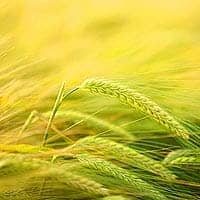
Monocots
It is short for Monocotyledons order. Monocots are grass-like parallel-veined, trimerous, flowering plants whose seeds contain only one embryonic leaf (cotyledon) and pollen with a single pore. There are about 70,000+ flowering species in this plant order. Monocot diversity includes ornamental flowers, including orchids, colorful tulips, lilies, cereal grains, woody tree-like palm trees, bamboo, reeds, bromeliads, bananas, and ginger. Two-thirds of monocots are zoophilous pollinated by insects.
-
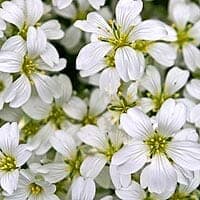
Ceratophyllales
Ceratophyllum includes flowering plants commonly found in ponds, marshes, and streams in tropical regions. These aquatic angiosperms typically grow partially submerged in water and mostly float on the surface. These flowering plants have no roots, but sometimes they develop modified leaves with a rootlike structure, which anchor the plant to the bottom. Examples include hornwort species such as spiny hornworts, rigid hornworts, prickly hornworts, soft hornworts, and coontails. There are about 6 extant species of Ceratophyllum in the world.
-
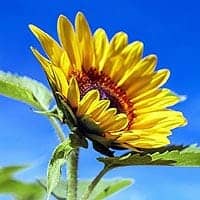
Eudicots
These core angiosperms have two seed leaves upon germination, also known as Dicotyledons. The most popular eudicots include sunflower, dandelion, cabbage, apple, maple, macadamia, forget-me-not, petunia, and oaks. Eudicots are the largest flowering order in the world. About 175,000+ flower species of eudicots are currently characterized by 4 or 5 flowers, pollen with three pores, and branching-veined leaves.
-



